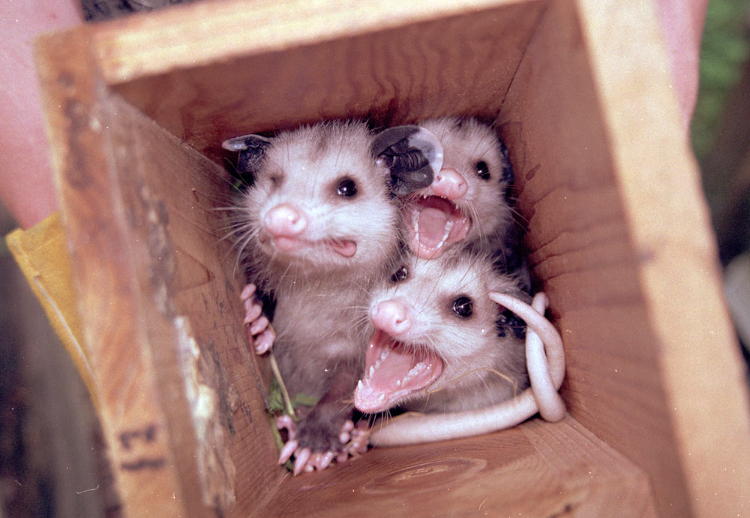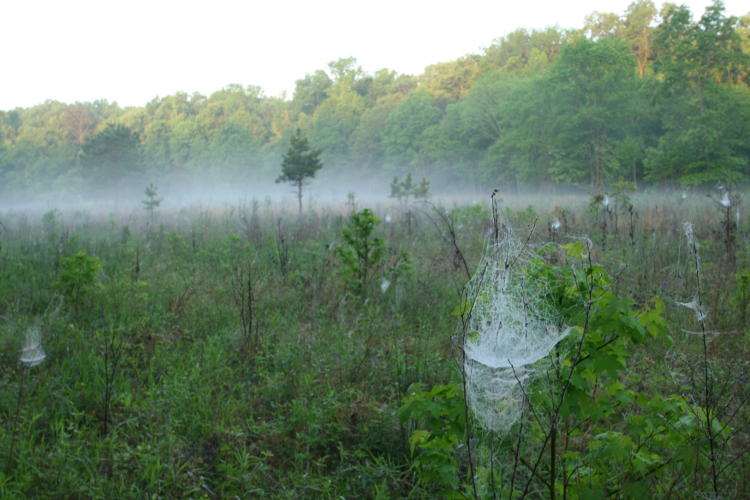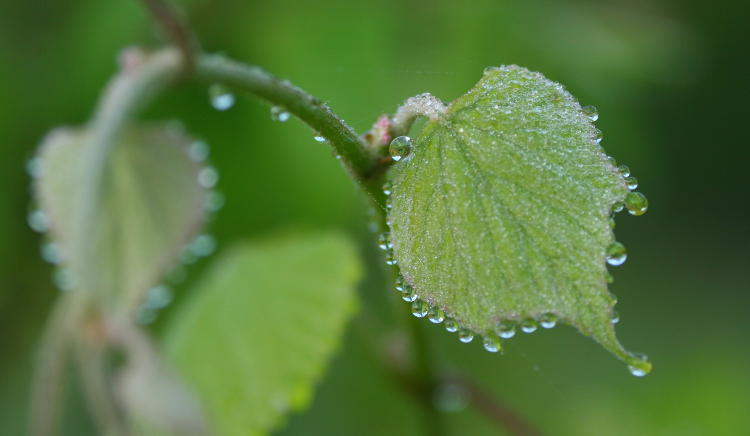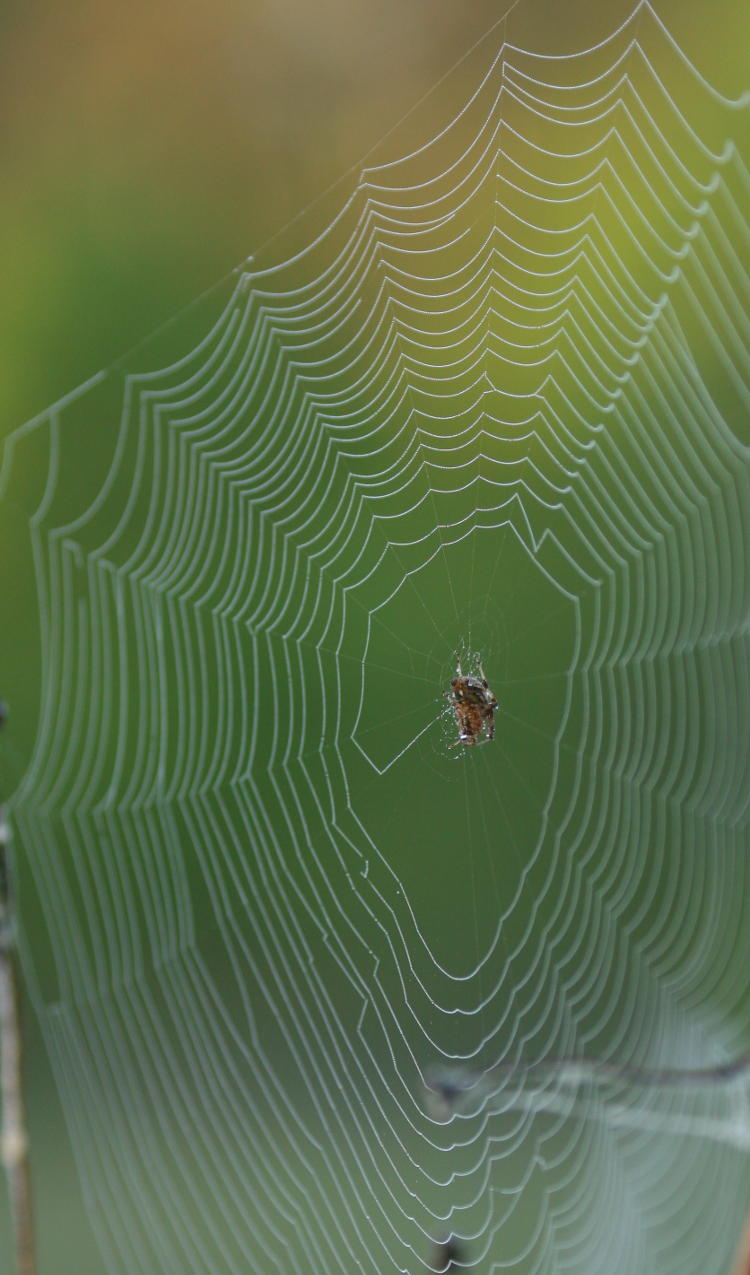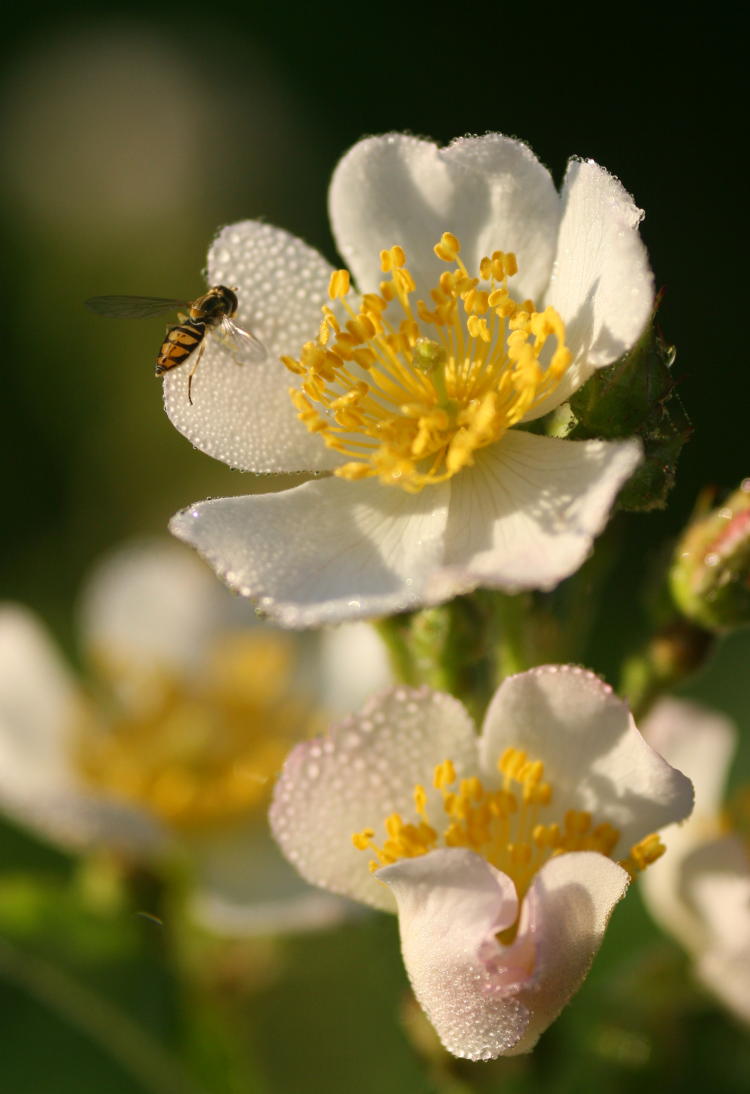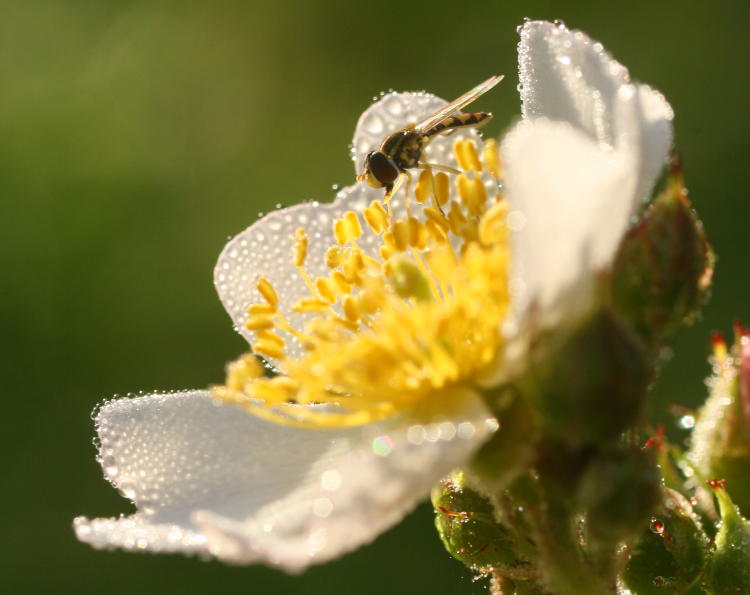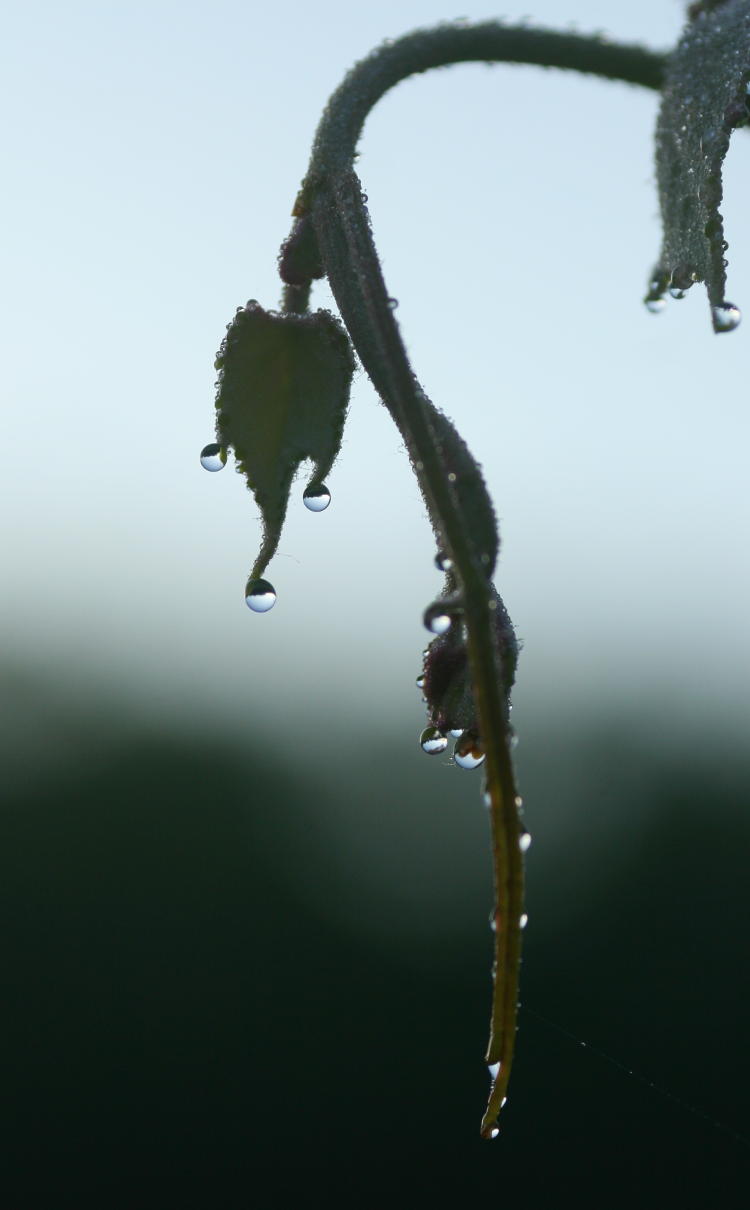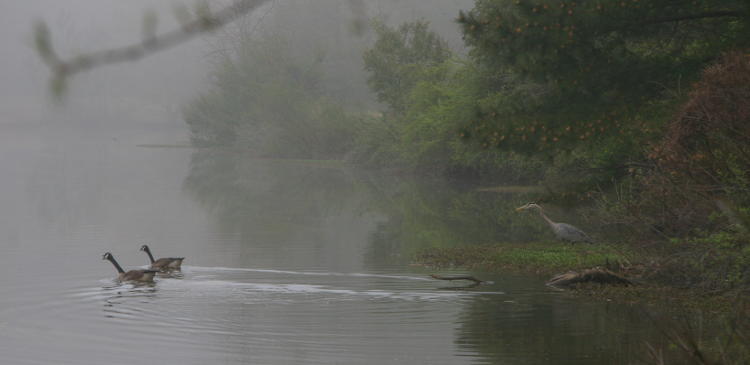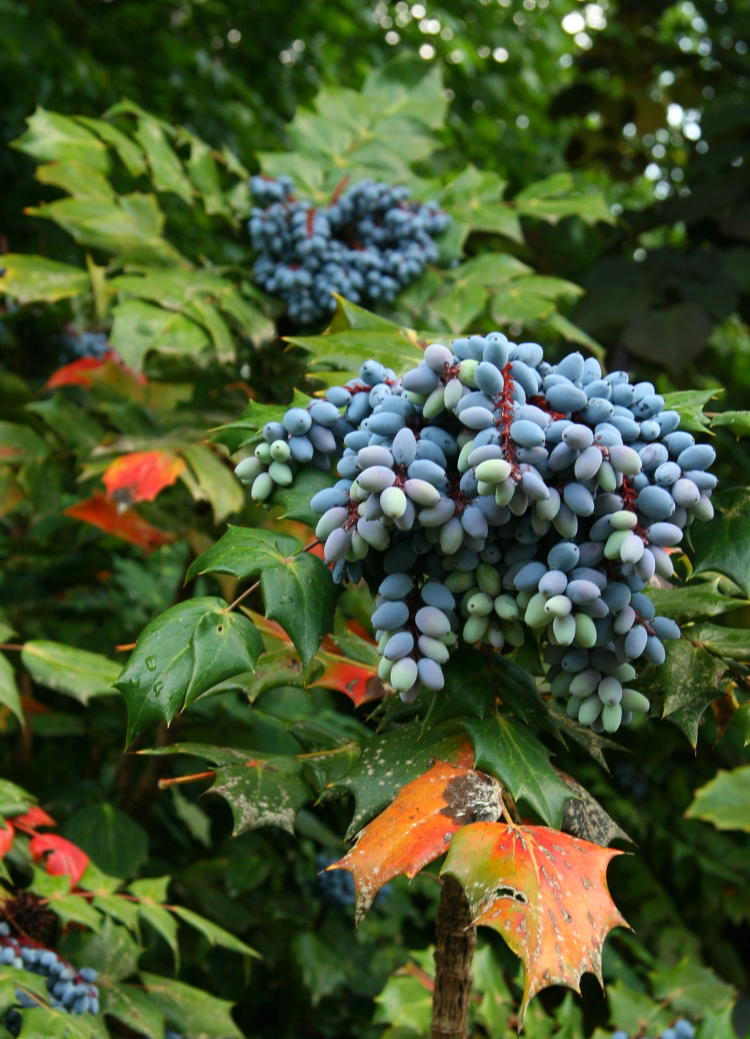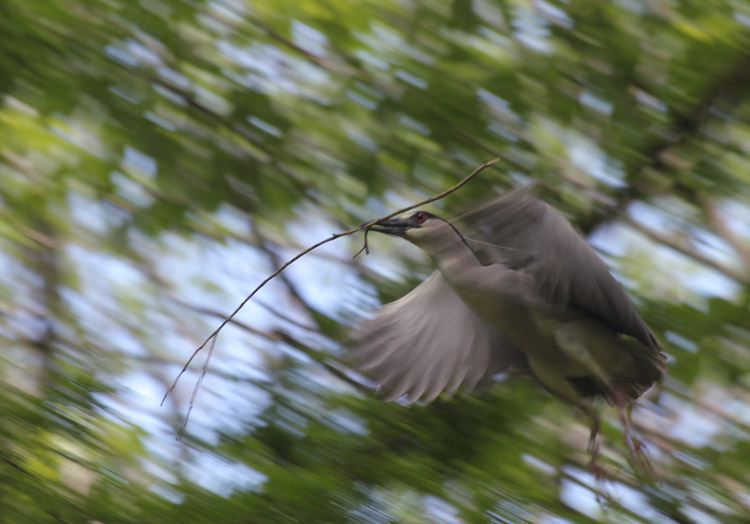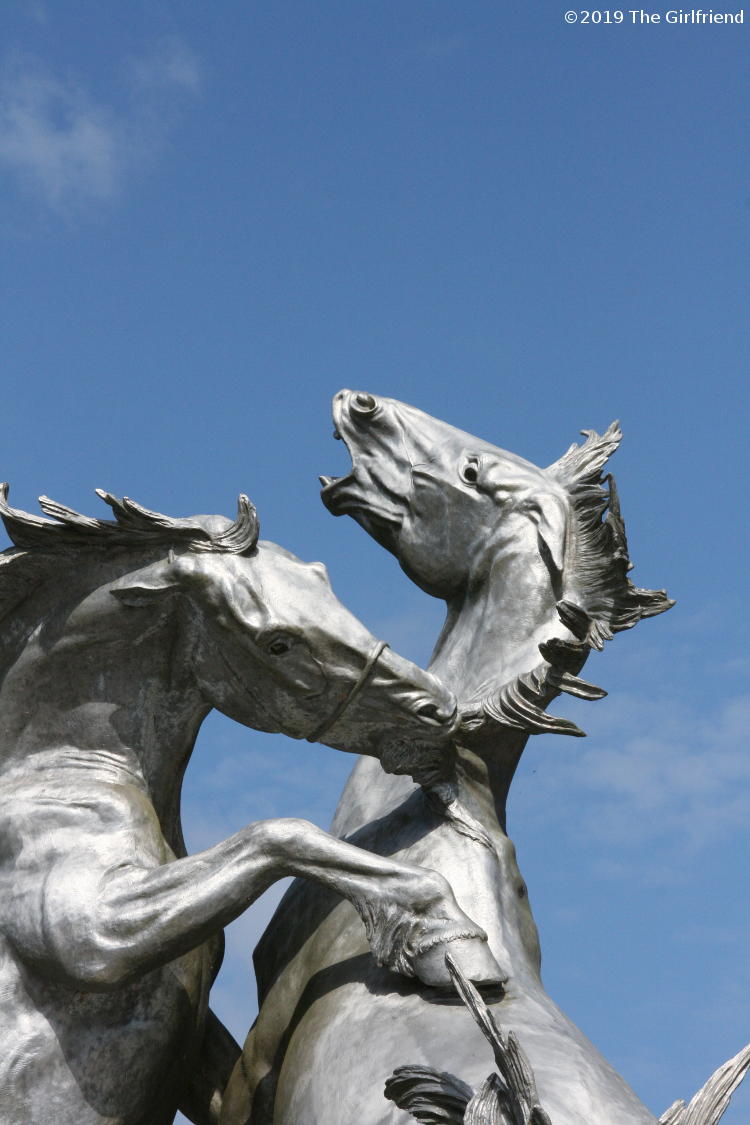
Instead of hitting Topsail Beach again for our early summer vacation trip this year, we opted for coastal South Carolina instead, mostly because The Girlfriend wanted to see Brookgreen Gardens, but there was enough other stuff in the area that I could find plenty to do myself. This is the first of… three maybe?… posts regarding the trip, so I’ll mostly concentrate on the gardens this time.
Brookgreen Gardens is a converted rice plantation – four of them, actually – which is not to say it is a plantation of converted rice, and I don’t even know how you’d convert rice; it’s always seemed pretty intransigent to me. But anyway, this area of former rice fields is now a huge expanse of gardens and lawns, with a small zoo and even a section of river, dedicated mostly to sculpture – some of those from the family of the founders, but plenty of other talented artists are included as well. Personally, I am kinda so-so on sculpture – couldn’t care less about the classical styles or most post-modernism, but there are a few things that I can get into. I greatly prefer realism, and especially expressive natural subjects (funny, that,) but occasionally other things might catch my interest. The gardens themselves are far less of a botanical garden than a huge park, with a lot of really old twisted trees decorated with Spanish moss because, hey, it’s the region and I doubt you could prevent it if you tried.

One entrance fee will allow visitors access for a week, and it’s not a bad idea at that – one day probably isn’t going to be enough, and I know we walked too much the first day around, so we split it among two, and we didn’t even try any of the tours. ‘Crowded’ is definitely not a word that describes the park, insofar as the sculptures and exhibits are concerned, since things are spread out quite a bit, and while we were there it didn’t describe the number of visitors either, though it was a healthy showing. On our first visit, only minutes inside, we came out into the first big expanse of lawn and walks, and I noticed a bit of discarded plastic or something near the bank of a carefully-manicured pond, before recognizing it. “That’s a gator!” I told The Girlfriend.
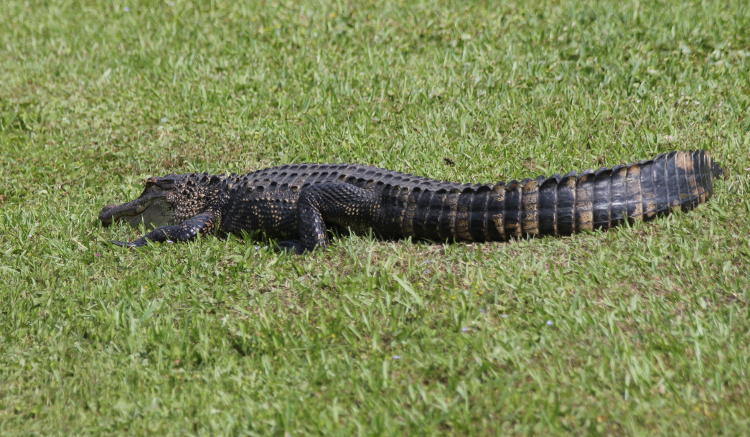
There’s something special about the subtropical southeast, I have to admit. We’re pretty litigious in this country, and warning signs are rampant, but American alligators (Alligator mississippiensis) are so prevalent in places that you’re simply expected to know to leave them alone, and so this one was basking unconcernedly in the middle of the gardens. Maybe about a meter-and-a-half in length, this was not an impressive specimen, except for the fact that it was a lizard that was a meter-and-a-half in length. And gnarly – marvelously gnarly. I like gators.

We behaved ourselves, and only drew close enough for a couple of shots with longer focal lengths while the gator tried valiantly to ignore our presence, though after a minute it straightened its tail, perhaps to let us know it was aware, but more likely to have a good swing if it needed to whack a nosy tourist, and that was the extent of its movement.
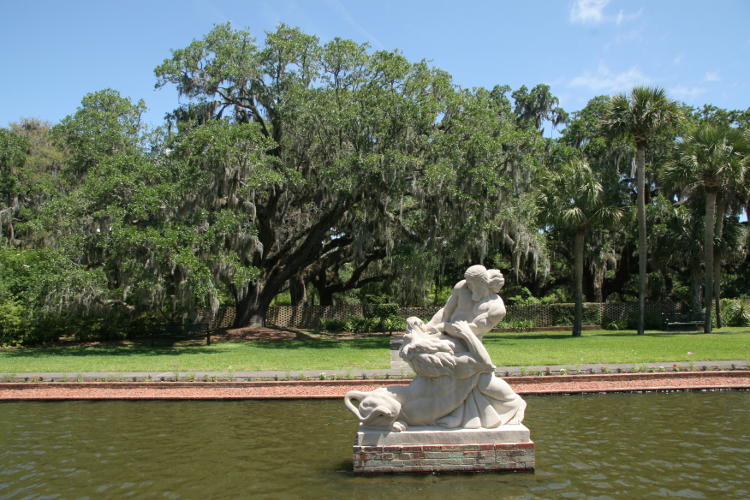
The displays within the garden are much less that of a museum, and more how anyone might display statuary on their own property – a single element among the landscaping. There are a couple of areas where the statues get ‘dense,’ but overall, it’s spacious – room for about 1500 picnickers or so at once. Perhaps a few less if you wanted to leave the gators some space…

Now, just taking photos of statues is, for the most part, redundant to me – I’d rather do my own fartistic stuff than simply record others. So, where the opportunity arose, I experimented a bit. I’m hoping the one above is at least momentarily confusing, but probably not for very long. A more normal approach is below:
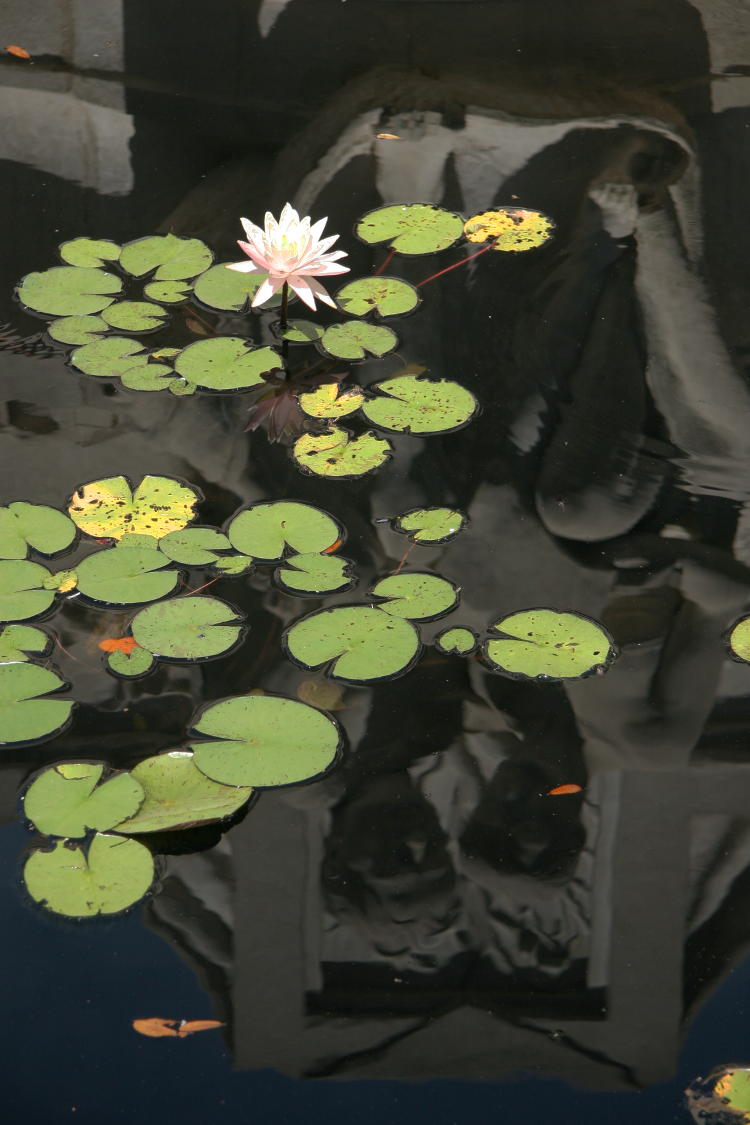
As should be clear now, I simply inverted and cropped the first to change the context. It likely didn’t work, but hey…

We couldn’t resist posing among a couple of the pieces. I’m not sure it’s clear what I was doing here, but if not, there’s no point in belaboring it…
Now, it doesn’t matter where I am, I’m likely to pursue my favorite subject matter every time I get the chance (something that a wedding photographer that I worked with once remarked upon, not positively.) So when the critters were showing themselves, I was taking advantage. The first occurred almost before we were in the park. Driving down the long entranceway, I glanced over and saw a curious squirrel that looked piebald. I wanted to stop and back the car up, but there were other cars behind me, so we continued down to the loop and came back around, finding no sign of the squirrel on our return about two minutes later. I was curious, knowing that I saw something, but tried to put it out of my head. This didn’t last long, as I began seeing more of them, and finally got the chance to start stalking them while on a broad expanse of lawn and trees. A couple provided a fetching pose and that was all the encouragement necessary.
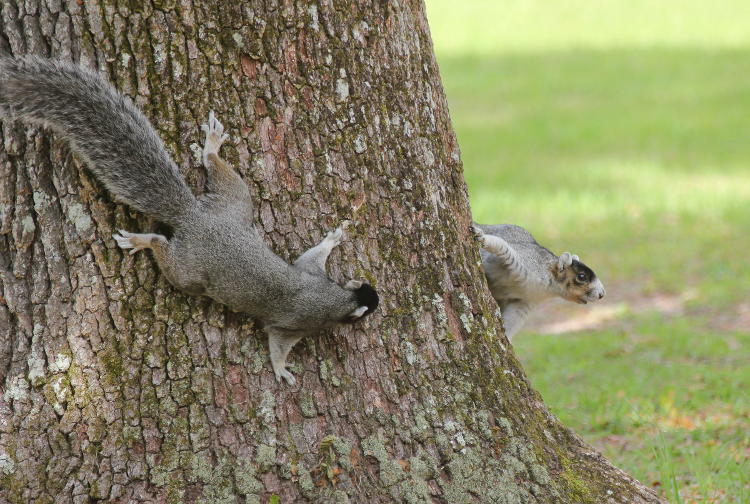
 It turns out that these were actually southern fox squirrels (Sciurus niger niger,) a species that I never knew existed, and there’s a wide variety of coloration, two of which are seen here. They were all over the place in Brookgreen, but I never saw one anywhere else, even in the state park that was adjoining the gardens. I liked their colors, especially the fawn-faced ones, which helped me to overlook that they were squirrels and still, like around here, a bit of a pain. In and of themselves, they don’t bother me, but they tend to overpopulate an area and do too much damage to, for instance, the eaves of the house and any mantis egg cases I’m patiently waiting to see hatch. We got our photos of them, for novelty’s sake, but will probably reclassify them mentally as ‘just another squirrel’ soon enough.
It turns out that these were actually southern fox squirrels (Sciurus niger niger,) a species that I never knew existed, and there’s a wide variety of coloration, two of which are seen here. They were all over the place in Brookgreen, but I never saw one anywhere else, even in the state park that was adjoining the gardens. I liked their colors, especially the fawn-faced ones, which helped me to overlook that they were squirrels and still, like around here, a bit of a pain. In and of themselves, they don’t bother me, but they tend to overpopulate an area and do too much damage to, for instance, the eaves of the house and any mantis egg cases I’m patiently waiting to see hatch. We got our photos of them, for novelty’s sake, but will probably reclassify them mentally as ‘just another squirrel’ soon enough.
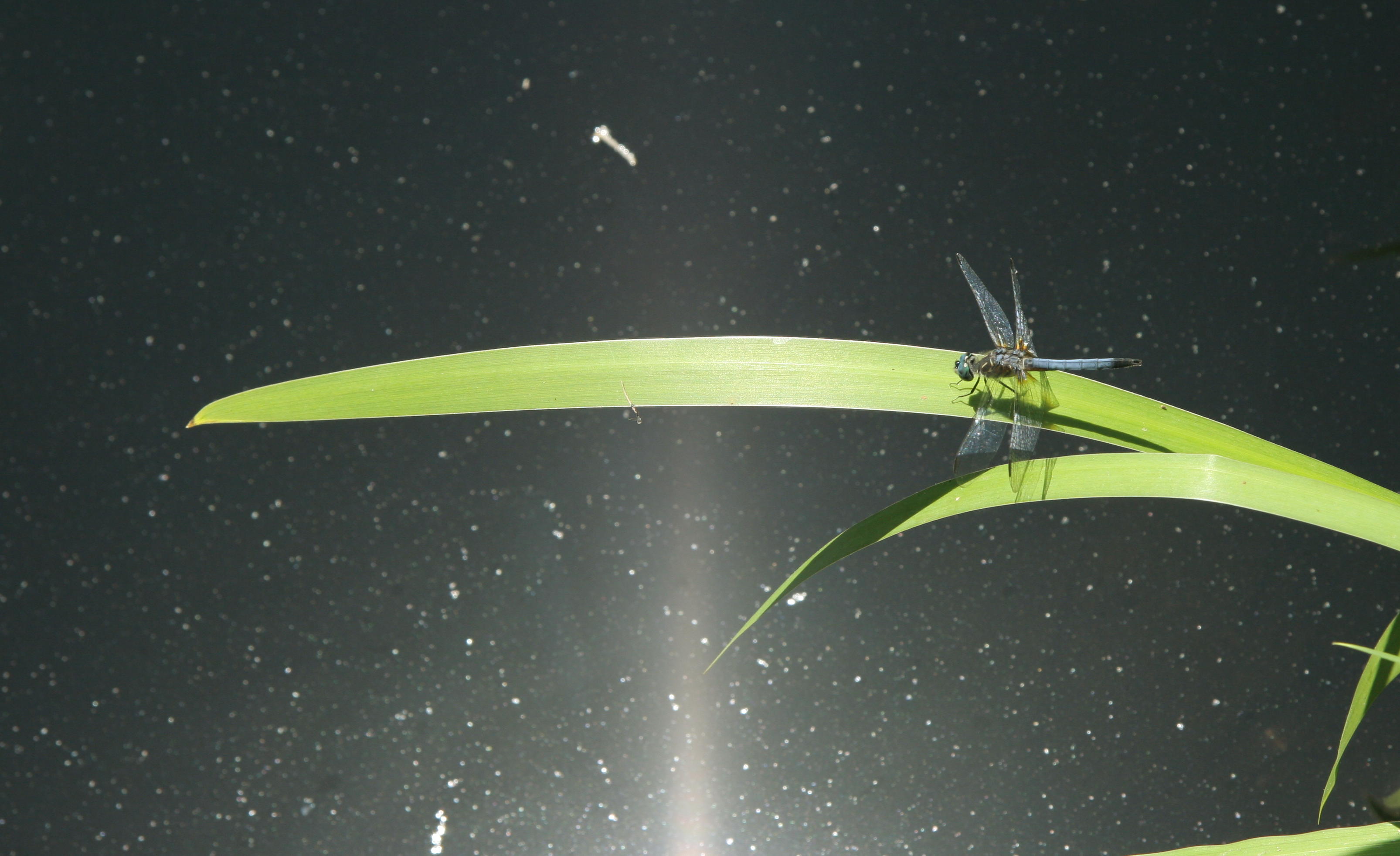
Sure, there’s a statue nearby, but look! It’s a dragonfly!

I had actually been photographing this statue of a guy with his junk out, wrestling an alligator, because some subjects manage to draw my interest (the alligator,) when I spotted the little frog just hanging out in this ideal pond, and the real, uncultured me kicked in. Actually, I’d been hoping for some natural subject in the foreground, preferably on the pads or weeds in the middle of the pond, so into the breech leapt I. And of course, the distracting statue had to be excised for other frames.

Hey, we have several resident green treefrogs (Hyla cinerea) on our own property, so there was no need to get another, but that didn’t stop me. And since one of these days, I’m going to do a post specific to this, I asked The Girlfriend to get a shot of me getting this shot.
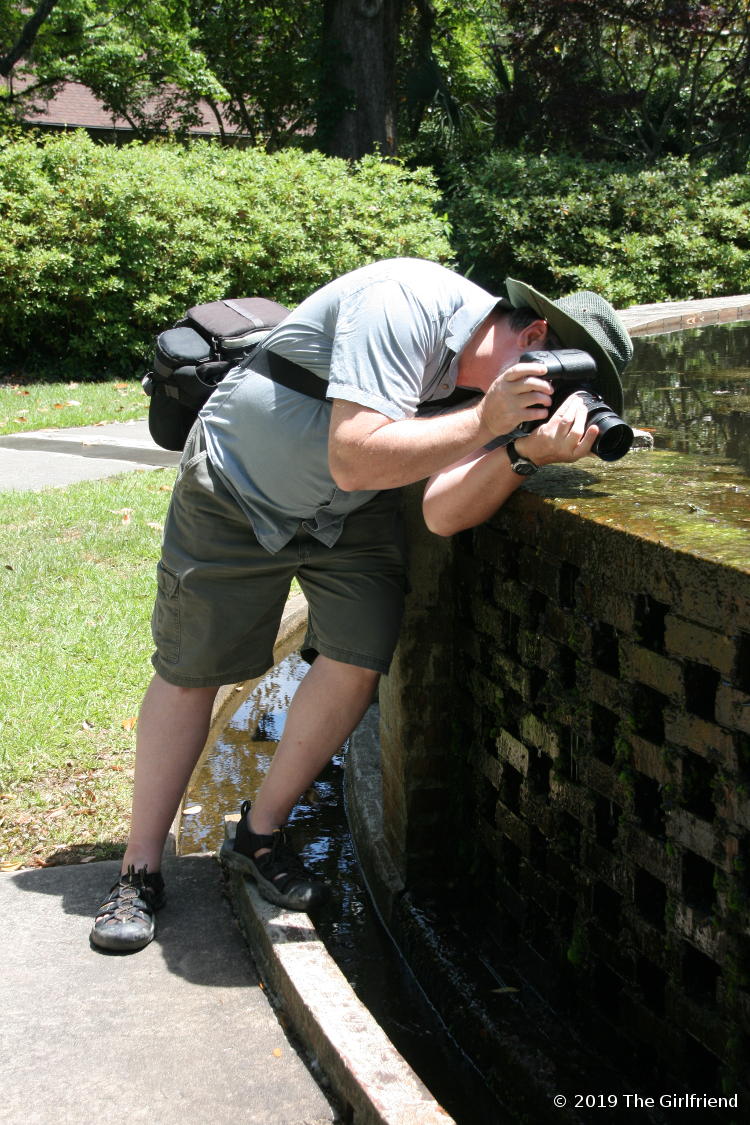
Yes, my arm, and a portion of my shirt sleeve, got plenty wet and a little muddy doing this, but that’s part of the allure. If you’re not at least a little grubby, you’re not a true nature photographer, just a poseur. You know, one of the Great Washed.

Still playing fartsy. Shot at 10mm, the wide angle made the moss spread like sunrays, and of course you can’t beat those limbs. Seriously – they’ll chuck you out of the park if you try.

On both days, we spotted Carolina anoles (Anolis carolinensis,) and I couldn’t ignore either. This one was displaying its pink dewlap (like the guy with the alligator) in the hopes of attracting a mate, though the only sharp image I got of his twitchy scaled behind was this one – but it’s sharp. You gotta love those scales. If I ever do any kind of mosaic tiles, it’ll be just like this.
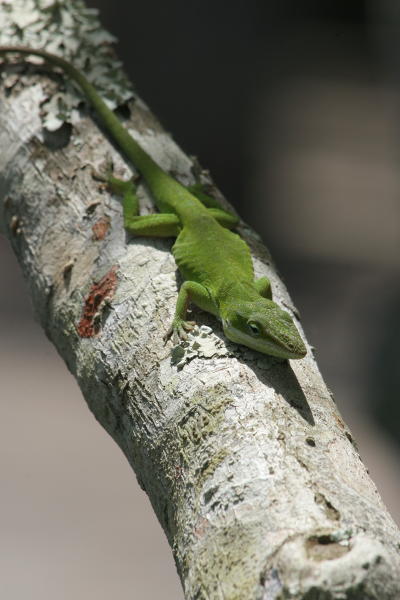 The other played hide-and-seek with me around a tree branch on two occasions spaced a few minutes apart, but this is the frame that won out over all the others. To the left is the entire frame, but below is a detail crop. Virtually all of the time, they appear matte and unreflective, yet the right sun angle will produce a hint of iridescence from the scales. That head is slightly smaller around than my little finger, just so you know.
The other played hide-and-seek with me around a tree branch on two occasions spaced a few minutes apart, but this is the frame that won out over all the others. To the left is the entire frame, but below is a detail crop. Virtually all of the time, they appear matte and unreflective, yet the right sun angle will produce a hint of iridescence from the scales. That head is slightly smaller around than my little finger, just so you know.
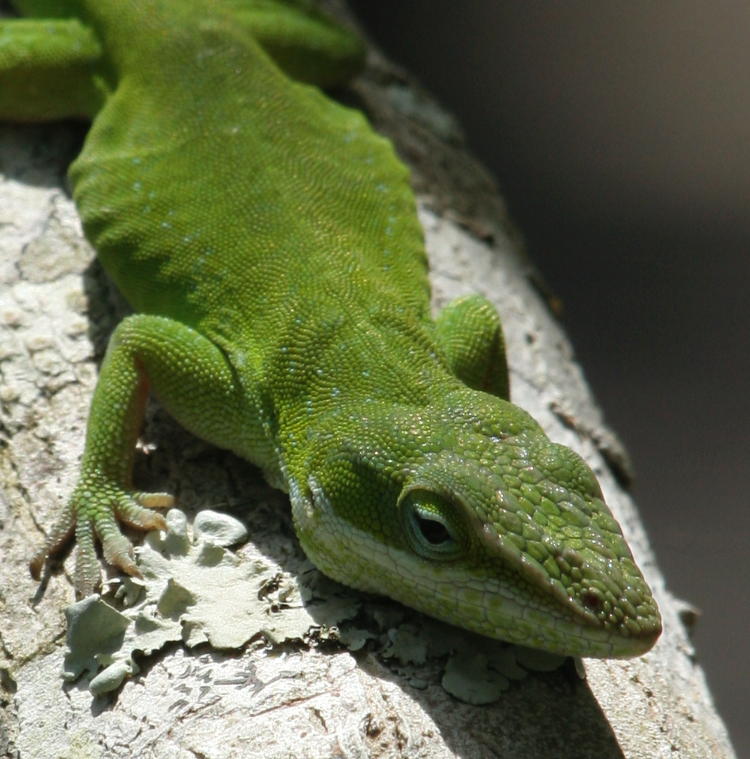
Okay, I hear you – we’ll get back to the real art now. Sheesh. Philistines.

As I said, I prefer realism and natural subjects, and this one made me stop and marvel. Called Flying Brown Pelicans by Grainger McKoy, I want you to pause and look closely for a bit. Especially at the shadows.
Here’s another perspective:
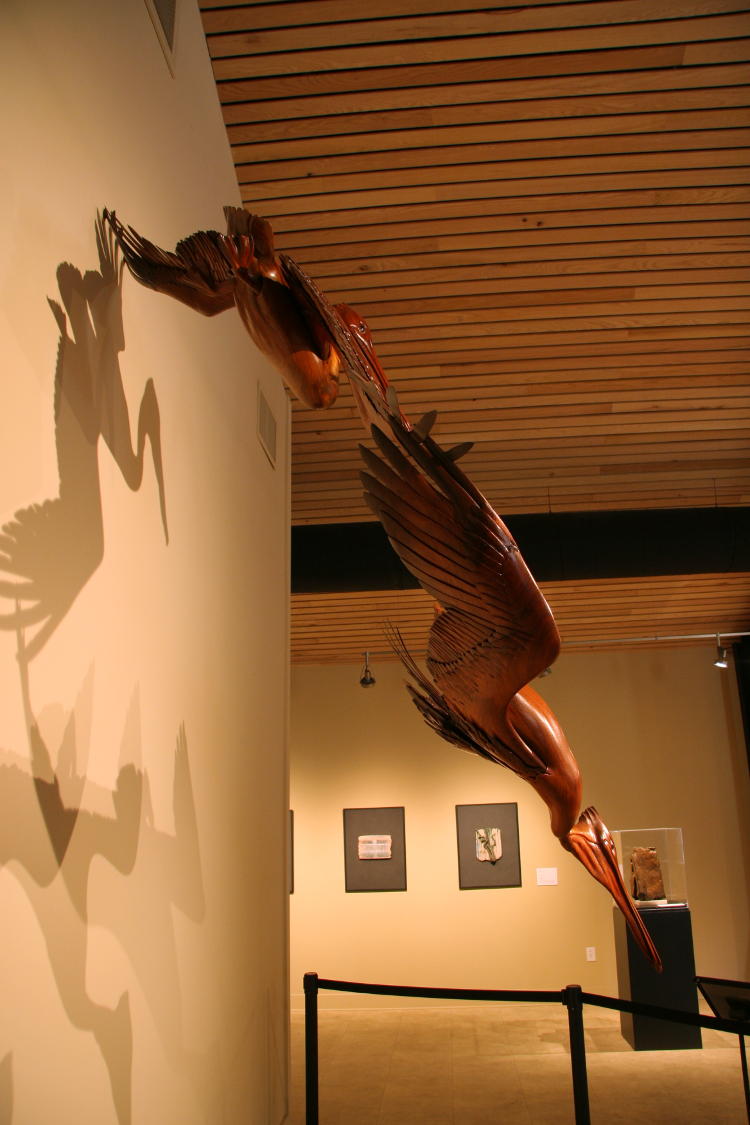
Notice anything odd yet?
Let’s go to the placard.

The entire sculpture is suspended from the wall by those four little wingtip feathers at top, and the two pelicans are joined by the same – there are no other posts, wires, or magnetic fields at work. I should tell you, too, that the entire thing is well over two meters in length, much larger than life size. And it’s a great rendition of pelicans all by itself. There’s not too much artwork that evokes awe in me, but this guy can do it. I would probably never be able to afford any piece of his, and wouldn’t know where to put it if I did, but damn, do I want to. There were several of his works in the gardens, including this next one.

Now, I’ve seen too few painters that could bring out the colors this realistically, and he does it as a part of his sculpture. And, like the pelicans, it’s all cleverly mounted and balanced – the entire sculpture is supported by the sapling rising behind the ducks. Check out his website – I insist – to see these in much better conditions and detail. Note the ones, too, that show the birds against their own ‘reflections’ in the water. Fantastic.
That’s going to do it for now – this took long enough by itself. More will be coming along shortly.






















































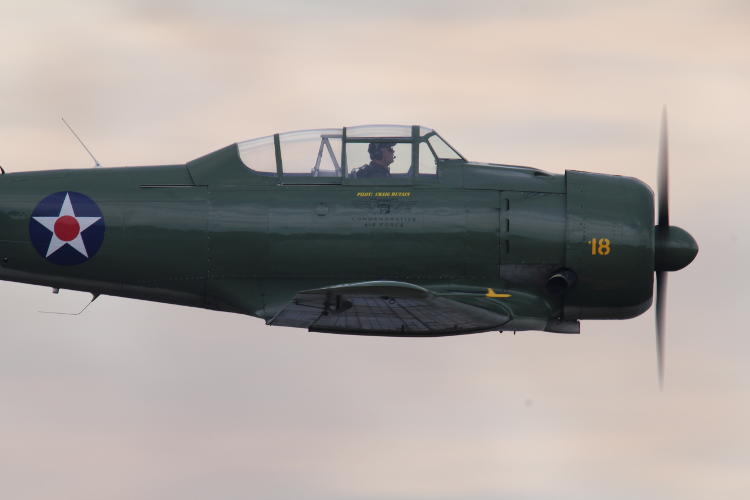

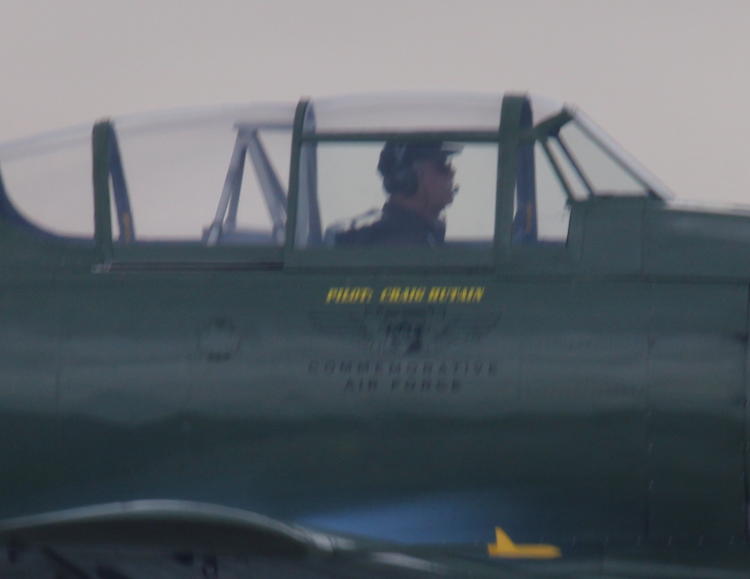


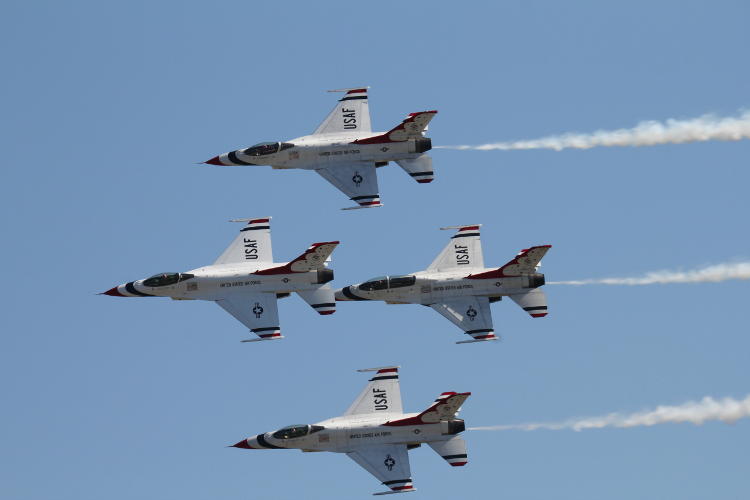
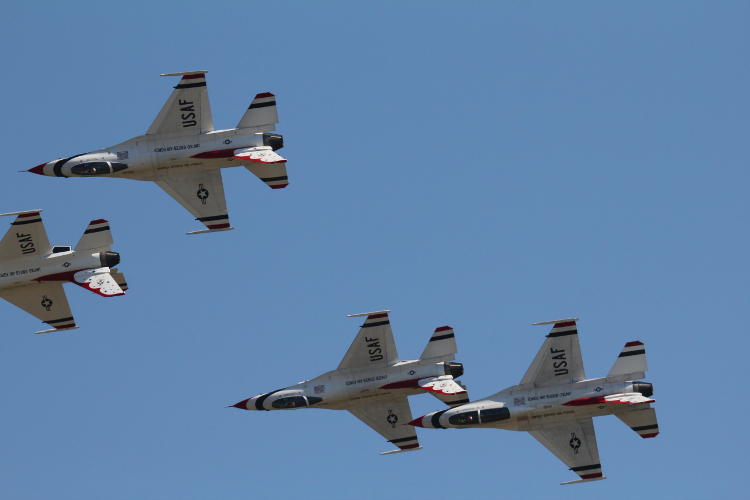

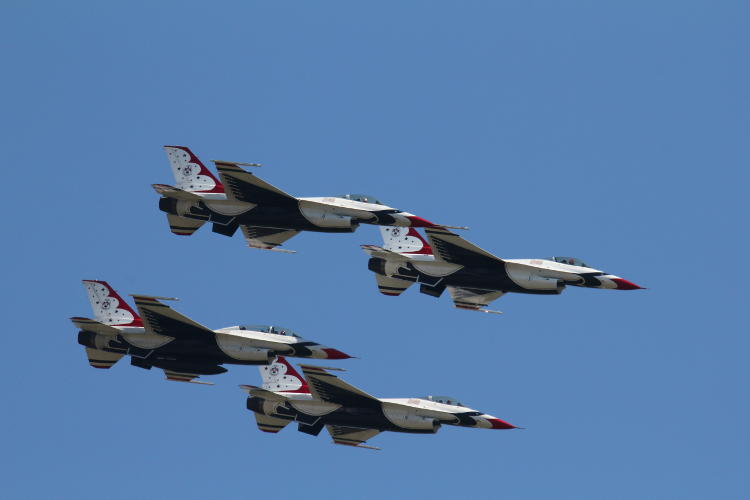
 The lead is top right of the image, and he’s the only one that watches where the flight is going. The others all watch the lead. Image top left is the right wing position, looking forward and left. Image bottom right is the left wing position, looking forward and right, while image bottom left is the tail position, looking at the flight lead above and ahead. There was, in fact, a tragic accident many years ago, during a practice session, where the flight leader suffered a control failure and was unable to pull up from a low-level pass; three other planes in formation followed him into the ground and impacted almost simultaneously.
The lead is top right of the image, and he’s the only one that watches where the flight is going. The others all watch the lead. Image top left is the right wing position, looking forward and left. Image bottom right is the left wing position, looking forward and right, while image bottom left is the tail position, looking at the flight lead above and ahead. There was, in fact, a tragic accident many years ago, during a practice session, where the flight leader suffered a control failure and was unable to pull up from a low-level pass; three other planes in formation followed him into the ground and impacted almost simultaneously.


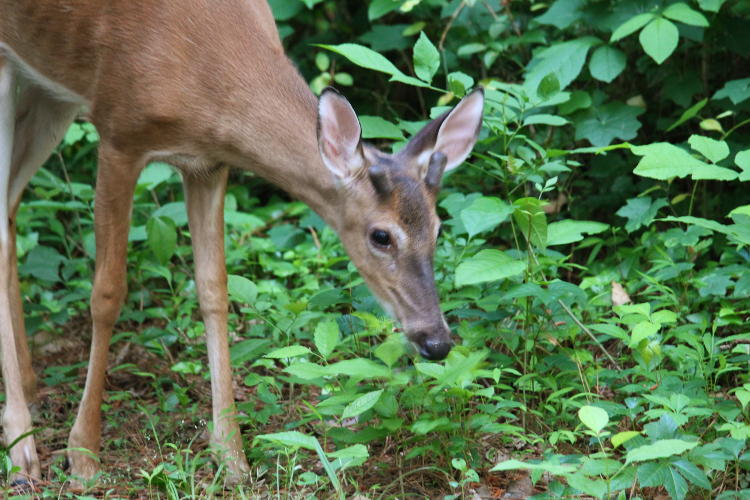

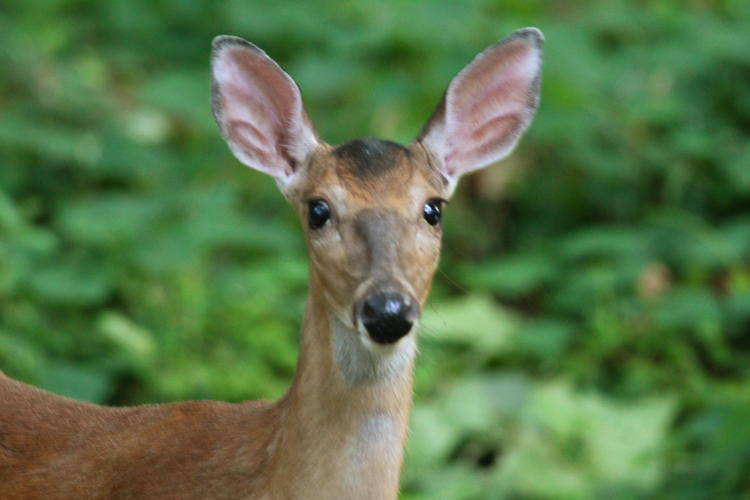 The first image at top was a buck, as can be determined by the stubby little horns – obviously, we’re talking pretty young here, and none of them were fully adult. The Girlfriend’s pet was a doe, seen here looking curiously at the source of the shutter sounds for a moment before resuming its stalking. Eventually, The Girlfriend waved her arms a little to spook off the deer, since it didn’t seem inclined to stop approaching the road despite her presence, and it (with some reluctance) hastened to join its departing siblings. I had thought that was the end of it, and resumed making noise in the back yard, but about 45 minutes later while I was grilling burgers on the deck, I realized that not only had they returned, one of them had entered the backyard and was foraging near the little pond – not quite as close as it had been to The Girlfriend, but then again I wasn’t standing silently by any stretch.
The first image at top was a buck, as can be determined by the stubby little horns – obviously, we’re talking pretty young here, and none of them were fully adult. The Girlfriend’s pet was a doe, seen here looking curiously at the source of the shutter sounds for a moment before resuming its stalking. Eventually, The Girlfriend waved her arms a little to spook off the deer, since it didn’t seem inclined to stop approaching the road despite her presence, and it (with some reluctance) hastened to join its departing siblings. I had thought that was the end of it, and resumed making noise in the back yard, but about 45 minutes later while I was grilling burgers on the deck, I realized that not only had they returned, one of them had entered the backyard and was foraging near the little pond – not quite as close as it had been to The Girlfriend, but then again I wasn’t standing silently by any stretch.